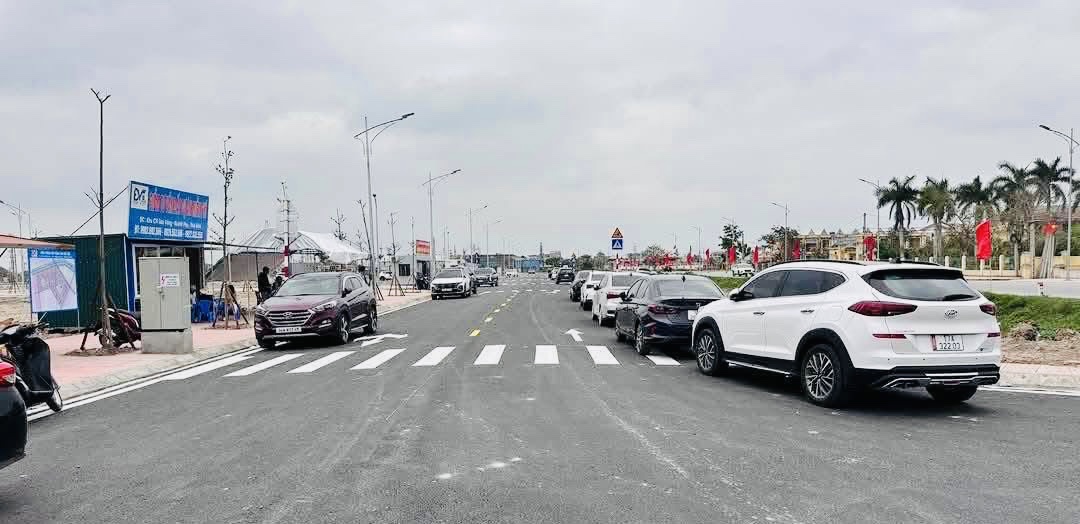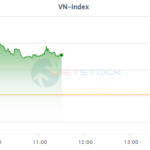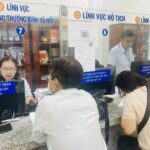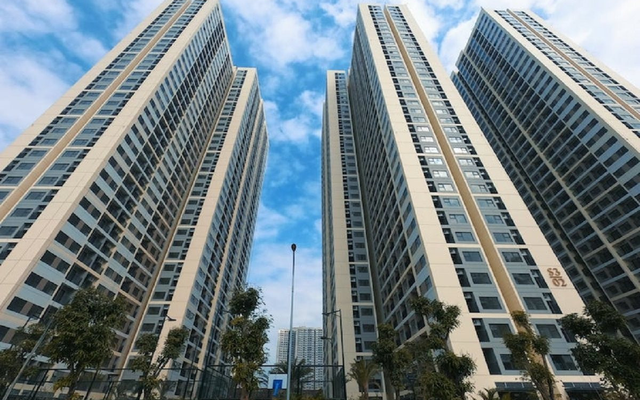Recent infrastructure developments and mega-projects in Cu Chi and Can Gio have positively impacted the real estate market. In addition to the already commenced sea reclamation project in Can Gio, proposed metro connections from Ho Chi Minh City to Cu Chi and Can Gio are boosting investor confidence.
According to the approved Ho Chi Minh City master plan for the period 2021-2030, with a vision towards 2050, the city aims to have the basic framework of an urban railway system in place by 2030 and a complete network by 2050. This includes extending the Ben Thanh – Suoi Tien metro line to Binh Chanh district and constructing 11 additional metro lines connecting to Cu Chi and Can Gio districts.
Recently, Vingroup proposed to the Ho Chi Minh City Department of Finance a high-speed urban railway project connecting District 7 and Can Gio, with an estimated investment of US$4 billion. This information is predicted to influence the psychology of real estate investors.
Observations show that land prices in Cu Chi and Can Gio have slightly increased compared to the end of 2024, with a rise of about 10%, but they have not yet reached the 2021 levels. In Can Gio, particularly after the commencement of the sea reclamation mega-project, land prices in nearby projects have surged. Investors are taking advantage of this moment to sell. In a short period, land prices have risen rapidly, despite slow liquidity. However, the upward trend has now stabilized.
In Cu Chi, the real estate market has not seen much change, but compared to 2023-2024, transactions have improved. There are many real estate listings by brokers. Buyer interest has increased compared to the same period last year.

Typically, infrastructure and planning information influence investor psychology and market transactions. However, at this stage, the real estate markets in Cu Chi and Can Gio seem less affected by infrastructure developments. Although some investment groups have returned, their activities are not very vibrant, mainly in an observational state. This indicates that, after many fluctuations, the market has stabilized to some extent. Short-term land fever no longer exists.
Many investors who bought land in Cu Chi and Can Gio in 2020 are still holding on to their properties, waiting for the right opportunity to sell. Recently, with positive infrastructure and mega-project news, some investors have tried to sell, but liquidity has not met expectations.
According to Mr. T (from Thu Duc City), selling at this point would result in a price lower than the purchase price in early 2021. To make a profit, Mr. T believes that waiting is necessary. Despite engaging brokers to sell his nearly 400 sq. m land in Can Gio, Mr. T finds it challenging to find buyers.
Mr. Ph has tried to sell his garden land in Cu Chi at least three times without success. The nearly 2,000 sq. m lot (partially residential) was purchased jointly with a friend for VND 6.5 billion at the end of 2020. In 2023, he listed it for the same price but received no inquiries. He then lowered the price to VND 5.5 billion for a quick sale but still couldn’t find a buyer. Currently, the land remains unsold. According to Mr. Ph, the invested funds have been tied up for many years, and with the slow investment market, he doesn’t know when he will be able to sell at a profitable price.
Many investors holding land in Cu Chi and Can Gio are hoping that the infrastructure and planning news will boost the real estate market in the coming period. However, it is predicted that the market is unlikely to see a significant breakthrough in the short term. Land transactions are less frequent for properties not located near key infrastructure or large projects. Currently, many investors want to sell land but face challenges due to the subdued market.
After the vibrant period for land in early 2025, mainly in the eastern part of Ho Chi Minh City, the market has now stabilized. Most transactions from the beginning of the year until now have been made by investors, while the demand for owner-occupied land remains low. It is forecasted that from now until the end of the year, the southern land market may experience another price increase, but the rise will be mild compared to previous years. Buyers are entering the market with a more cautious mindset. Investors’ portfolios are also being diversified across multiple segments, rather than focusing solely on land.
The High-Speed Rail Venture: Addressing Suspicions with a $100 Billion Vision
Mr. Vo Xuan Truong, Chairman of the Mekolor Investment Alliance and Great USD, has revealed ambitious plans for a high-speed rail project connecting the North and South of the country. With a staggering $100 billion in investment funds, Mr. Truong is determined to revolutionize interstate travel, promising a future of rapid, efficient, and comfortable transportation for all.
Market Pulse June 12: Choppy Trading with Narrowing Ranges After Initial Spike
The market maintained its positive momentum from the opening bell, with the VN-Index climbing 7.54 points to 1,322.74, the HNX-Index gaining 1.46 points to 227.69, and the UPCoM-Index rising 0.28 points to 98.32. Green dominated the market across the board.
The Rising Cost of Comfort Food: “Bread and Pho on the Price Hike: An Extra 2,000 to 5,000 Dong”
“With operating costs on the rise, many businesses are facing a challenging dilemma. The decision to increase prices is a delicate one, as it can impact customer loyalty and brand perception. However, with careful consideration and strategic planning, it is possible to navigate this tricky situation. This article will explore the reasons behind the price hikes and provide insights into how businesses can mitigate the impact on their customers while maintaining a sustainable operation.”
The City People’s Committee Proposes to Expand Leadership Roles at the Ward and Commune Levels
“Ho Chi Minh City has shortlisted 510 individuals for the positions of Chair and Vice-Chair of the People’s Committees in the newly established wards and communes. The city has also proposed the addition of one more Vice-Chair position to accommodate the efficient governance of these areas.”





















